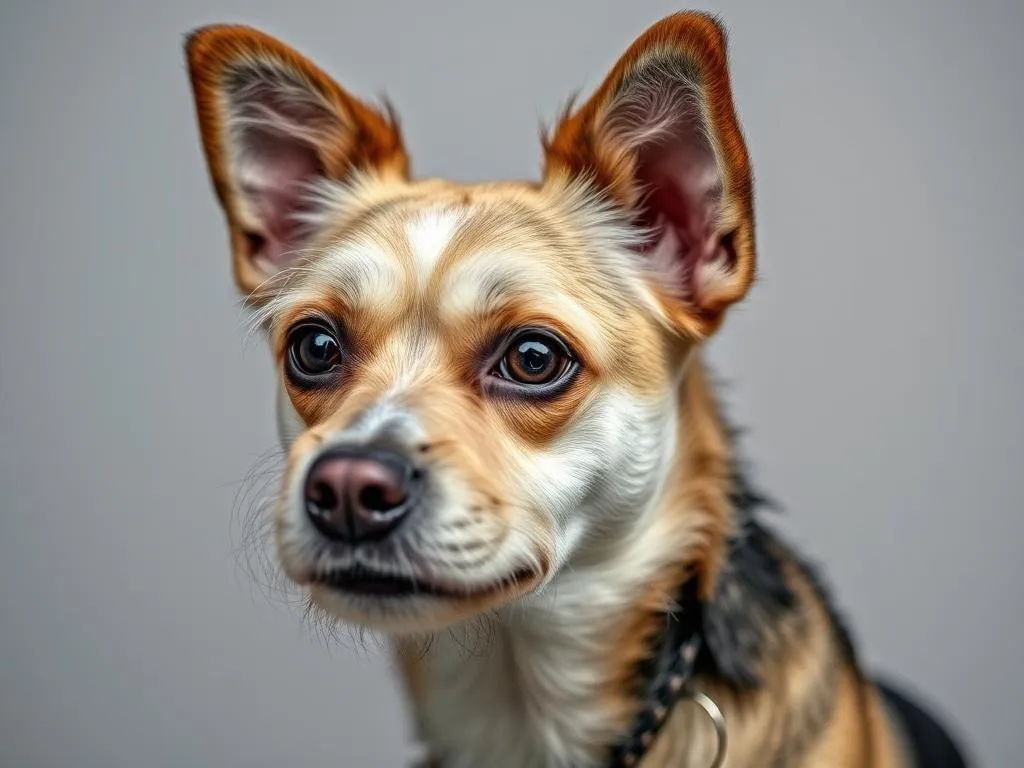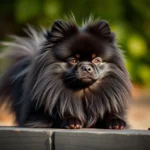
Understanding the world of rare small dog breeds can be both exciting and enriching. These unique companions offer not only distinct personalities but also diverse traits that set them apart from more common breeds. Knowing about these rare breeds is essential for potential dog owners who are looking for something special to add to their lives.
Understanding Small Dog Breeds
Definition of Small Dog Breeds
Small dog breeds are typically defined as those that weigh under 20 pounds and stand less than 15 inches tall at the shoulder. These compact canines possess a range of characteristics that make them suitable for various living situations, particularly in urban settings where space may be limited.
Benefits of Owning Small Dog Breeds
One of the most notable benefits of owning small dog breeds is their adaptability. They require less space and can thrive in apartments or smaller homes. Additionally, their affectionate and social nature makes them great companions for families, singles, and seniors alike. The size of these dogs often leads to a lower cost of care compared to larger breeds, making them an attractive option for many dog lovers.
The Allure of Rare Dog Breeds
What Makes a Dog Breed Rare?
A dog breed is considered rare when it has a limited population, often due to factors such as selective breeding practices or geographical isolation. Certain breeds may only be recognized by specific kennel clubs, further contributing to their rarity. Additionally, some breeds may not have widespread popularity, leading to fewer dogs being bred.
Why Choose Rare Dog Breeds?
Choosing a rare small dog breed means selecting a dog that is not only unique but also often comes with distinctive characteristics and traits. These dogs can stand out in a crowd, making them a great conversation starter. The rarity often translates into a loyal and loving companion that can form a strong bond with their owner.
Top Rare Small Dog Breeds
Overview of Rare Small Dog Breeds
When considering a dog, opting for a rare breed can be an excellent choice for those looking for something distinctive. This section explores some of the most fascinating rare small dog breeds you might consider welcoming into your home.
Individual Breed Profiles
American Hairless Terrier
The American Hairless Terrier is a lively and affectionate breed that is known for its lack of fur, making it a hypoallergenic option. Originating in the United States, this breed is relatively new, having been developed in the 1970s.
- Size and Weight: Typically weighs between 10-16 pounds and stands about 12-16 inches tall.
- Appearance: Characterized by its smooth skin, which can come in various colors.
- Temperament: Playful and intelligent, these dogs are social and enjoy the company of people and other pets.
- Care and Grooming: Requires minimal grooming but needs protection from sunburn due to their exposed skin.
Biewer Terrier
The Biewer Terrier is a charming and elegant small dog that has a unique tri-color coat. Originating in Germany, this breed is often seen as a variation of the Yorkshire Terrier.
- Size and Weight: Weighs around 4-8 pounds and stands about 7-11 inches tall.
- Appearance: Features long, flowing hair with a distinctive tri-color pattern.
- Temperament: Known for being playful, friendly, and affectionate, Biewers are great family dogs.
- Care and Grooming: Requires regular grooming to maintain its beautiful coat.
Coton de Tulear
The Coton de Tulear is well-loved for its soft, cotton-like coat and joyful disposition. Hailing from Madagascar, this breed has become increasingly popular in recent years.
- Size and Weight: Weighs between 8-15 pounds and stands about 9-11 inches tall.
- Appearance: Characterized by its fluffy white coat and expressive eyes.
- Temperament: Extremely affectionate and social, these dogs thrive on human interaction.
- Care and Grooming: Needs regular grooming to prevent matting and maintain coat health.
Dandie Dinmont Terrier
The Dandie Dinmont Terrier is a distinctive breed known for its long body and unique topknot of hair on its head. Originating from the border regions of England and Scotland, this breed has a rich history.
- Size and Weight: Typically weighs between 18-24 pounds and stands about 8-11 inches tall.
- Appearance: Features a long, low body with a characteristic fluffy topknot.
- Temperament: Affectionate and intelligent, they can be independent but are loyal to their families.
- Care and Grooming: Requires regular grooming to keep its coat in top condition.
Italian Greyhound
The Italian Greyhound is a miniature version of the Greyhound, known for its elegance and speed. This breed has a long history, dating back to ancient times in Italy.
- Size and Weight: Weighs around 7-14 pounds and stands about 13-15 inches tall.
- Appearance: Sleek and slender with a short, fine coat that can come in various colors.
- Temperament: Gentle and affectionate, they are known for their playful nature and love for cuddling.
- Care and Grooming: Minimal grooming is needed, but they do prefer a warm environment due to their thin coat.
Comparison Table of Rare Small Dog Breeds
| Breed | Size (lbs) | Height (inches) | Temperament | Grooming Needs |
|---|---|---|---|---|
| American Hairless Terrier | 10-16 | 12-16 | Playful, Social | Minimal |
| Biewer Terrier | 4-8 | 7-11 | Friendly, Affectionate | Regular |
| Coton de Tulear | 8-15 | 9-11 | Affectionate, Joyful | Regular |
| Dandie Dinmont Terrier | 18-24 | 8-11 | Loyal, Intelligent | Regular |
| Italian Greyhound | 7-14 | 13-15 | Gentle, Playful | Minimal |
How to Care for Rare Small Dog Breeds
Nutrition Needs
Caring for a rare small dog breed involves understanding their nutritional needs. A balanced diet is crucial for maintaining their health and energy levels. High-quality dog food formulated for small breeds is recommended, as it will provide the necessary vitamins and minerals. It’s important to consult with your veterinarian to determine the best diet for your specific breed.
Health Considerations
Like all dogs, rare small breeds can be prone to certain health issues. Common concerns may include dental problems, hip dysplasia, or skin conditions. Regular veterinary check-ups are essential to monitor their health and catch any potential issues early on.
Exercise Requirements
Despite their small size, these breeds still require regular exercise to stay healthy and happy. Daily walks, playtime, and mental stimulation are all vital. Activities like agility training or even simple games of fetch can help keep your dog active and engaged.
Training and Socialization
Early training and socialization are vital for the well-being of any dog, especially rare small breeds. Positive reinforcement techniques work best, as these dogs respond well to praise and rewards. Socializing your dog with various environments, people, and other pets can help them develop a well-rounded personality.
Where to Find Rare Small Dog Breeds
Reputable Breeders
If you’re looking to adopt a rare small dog breed, finding a responsible breeder is key. Look for breeders who are reputable, knowledgeable, and passionate about their dogs. Some questions to ask potential breeders include:
- What health tests have been performed on the puppies?
- Can you see the puppy’s parents?
- What is the puppy’s socialization history?
Rescue Organizations and Shelters
Adoption is another excellent option for finding a rare small dog breed. Many organizations specialize in rescuing and rehoming rare breeds. Research local shelters or rescue groups to see if they have any available dogs.
Conclusion
In summary, rare small dog breeds offer unique companionship and distinctive traits that can enrich your life. By understanding their characteristics, care needs, and where to find them, you can make an informed decision about welcoming one of these special dogs into your home. Whether through reputable breeders or rescue organizations, the journey to finding your perfect canine companion begins with knowledge and love.









